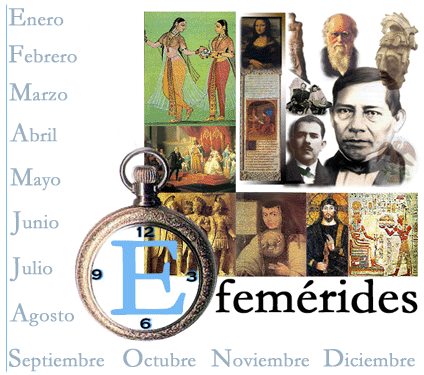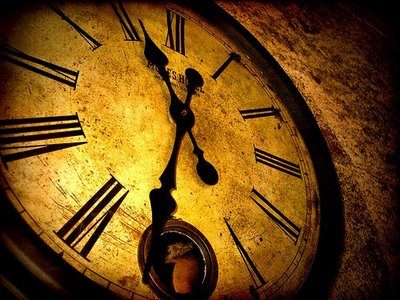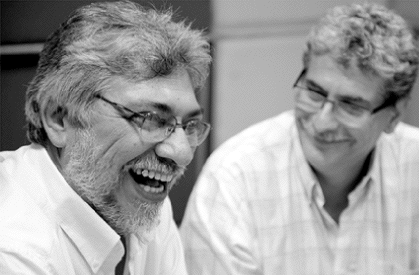 The study of numbers is part of the essence of mathematics. The idea of number is broad and complex at the same time. The most common are the so-called natural numbers (0, 1, 2, 3, 4 ...), with which it is possible to count and add but many other operations are not feasible (the set of these numbers is expressed with a capital N ).
The study of numbers is part of the essence of mathematics. The idea of number is broad and complex at the same time. The most common are the so-called natural numbers (0, 1, 2, 3, 4 ...), with which it is possible to count and add but many other operations are not feasible (the set of these numbers is expressed with a capital N ).
On the other hand, there are integers (-3, -2. -1, 0, 1, 2, 3 ...), which allow certain operations but others are not possible either. In this way, the limitations of the natural numbers and of the integers is what creates the need to invent other numbers, the rational numbers.
What is a rational number and the classification of numbers
A rational number is one that can be expressed in the form a / b, in such a way that a and b are integers, but b (the denominator) must be different from 0. A rational number is a fraction but it must be indicated that it is not all fractions are rational numbers (for example, 4/1 is a fraction but its result is a whole number). To express the set of these numbers, mathematicians use a capital Q.
Rational numbers (1/2, 1/3, 1/4 ...) allow you to divide a number, that is, divide it numerically
As for the term to refer to these numbers, it should be noted that in this case the word rational comes from the term ration, that is, the part of a whole. In other words, rational numbers express fractions of a whole.
In mathematical terms, a rational number is any number that can be represented as the quotient of two integers with a denominator other than 0. The opposite numbers to the rational numbers are, logically, the irrational numbers, which are those that cannot be expressed as a fraction , just as it happens with the number pi.
The set of natural numbers is within the integers and, in turn, the whole numbers as a whole are within the rational numbers. In other words, the naturals are included in the rationals and the integers are also included in the rationals.
The historical origin of rational numbers and their everyday use
 The fractional form of these numbers comes from India, but the dash that is used to express them was introduced by the Arab culture. These operations have been carried out since ancient times and in fact it is believed that the remote origin of this system is related to the consumption of bread in ancient Egypt (this fact is known thanks to the Ahmes papyrus, which dates from 1900 BC) .
The fractional form of these numbers comes from India, but the dash that is used to express them was introduced by the Arab culture. These operations have been carried out since ancient times and in fact it is believed that the remote origin of this system is related to the consumption of bread in ancient Egypt (this fact is known thanks to the Ahmes papyrus, which dates from 1900 BC) .
In everyday life we use rational numbers very often. Thus, when we say "give me a quarter of butter" or "a third of a cake" we are using this numerical conception.
Photos: iStock - aphrodite74 / iMrSquid









